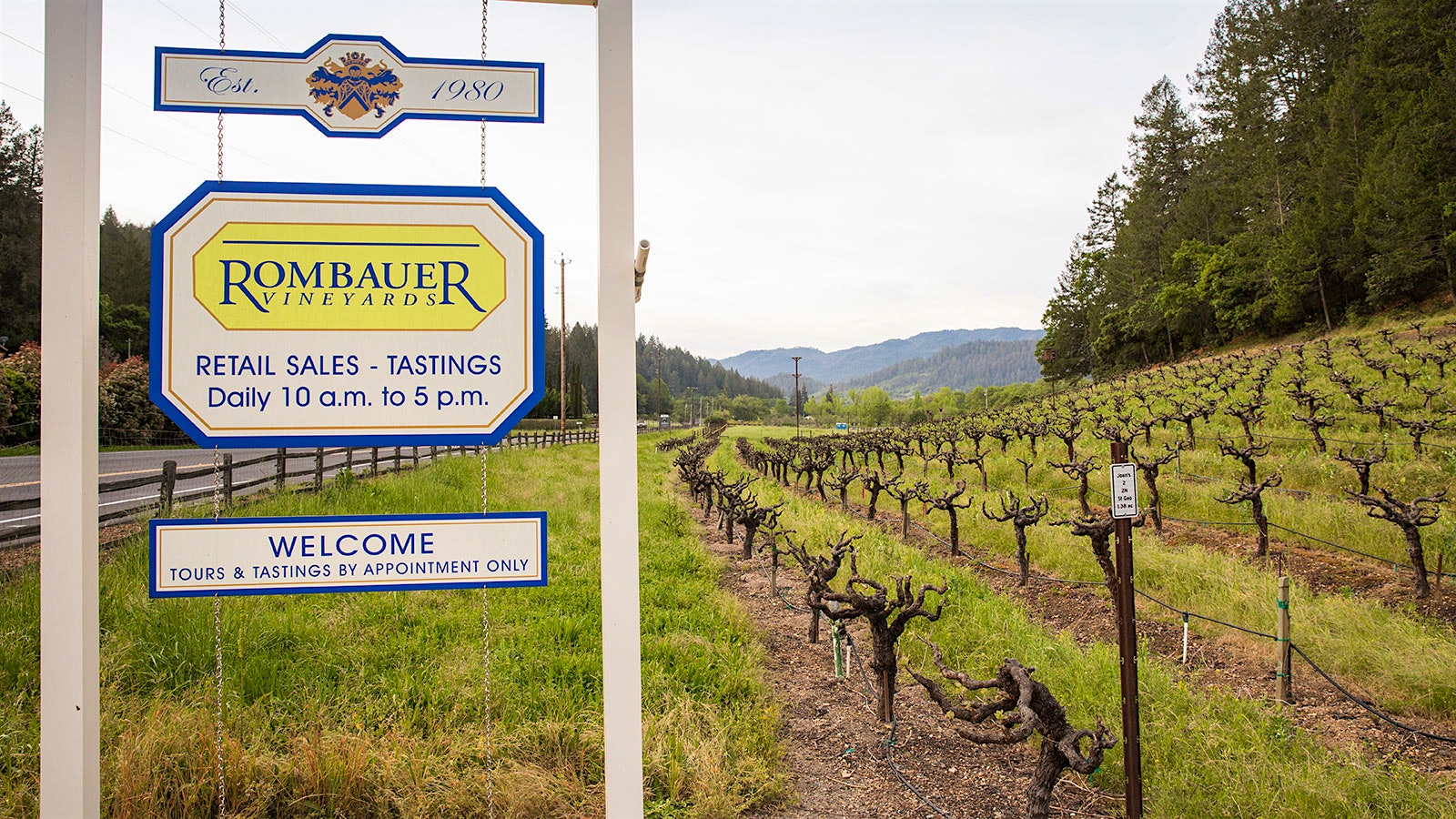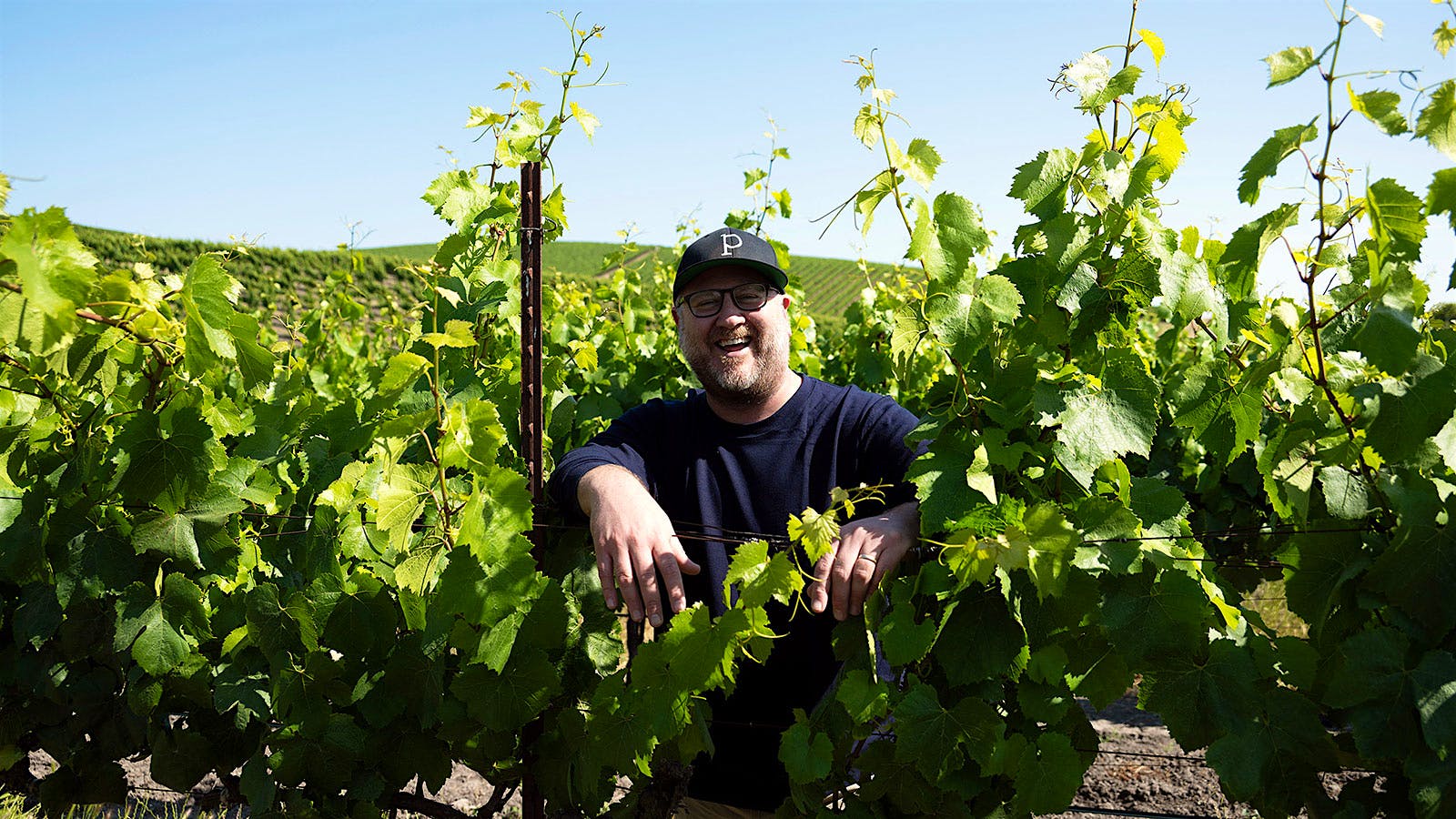Products You May Like
“When it comes to winery sales, the economy is kind of like a thermometer,” says Rob McMillan, founder and SVP of Silicon Valley Bank’s wine division. “When times are good, average companies can sell. When times aren’t good, nobody wants to buy those. So the things that are moving now are really good companies, and they seem to be selling to big companies.”
The past decade has been a busy one when it comes to winery sales and mergers on the U.S. West Coast, largely because times were good and many of the people who created the wine boom of the past few decades had reached retirement age. Some of their heirs went looking for new partners to help them grow. Others went looking to cash out.
But times are decidedly mixed for the U.S. wine industry right now, with bottle sales down by volume and flat by value. And while the overall economy has avoided recession, things are still settling after the disruptions caused by the pandemic and inflation. That’s slowed the pace of mergers. Higher interest rates have played a role too—it’s harder to get financing for big deals when borrowing costs have risen dramatically. The crises at Silicon Valley Bank (now part of First Citizens Bank) and First Republic (now part of Chase), two of the biggest lenders to the wine industry, only complicated things during the first half of the year.
All that aside, there have been major deals with implications for the industry as a whole. Here are some notable trends:

White Wines Hold Promise; Pinot Noir Is Still Attractive
One of the most notable sales of the year came in August when E.&J. Gallo bought Rombauer Vineyards, including the Rombauer brand, three winery facilities, two tasting rooms and more than 700 acres of sustainably-farmed vineyards in Carneros, Napa Valley, Sonoma Valley and the Sierra Foothills.
Gallo gained a top name in Napa Chardonnay that also makes outstanding premium Sauvignon Blanc, at a time when white wine sales—particularly Sauvignon Blanc—are ticking upward. Gallo followed the deal with the purchase of the much smaller Massican, another Napa winery known for white wines.
And in November, the Duckhorn Portfolio bought Sonoma-Cutrer from Brown Forman for $400 million. Sonoma-Cutrer is known for Chardonnay ranging from $20 to $50 per bottle.

California’s Central Coast Offers Value
Napa and Sonoma offer prestige and luxury, but California’s Central Coast offers plenty of value right now, particularly because costs are lower but the wines sell at a premium price of $10 or higher. In June, Gallo bought Hahn Family Wines, which produces multiple brands. According to Impact Databank, the entry-level Hahn Founders line, priced between $10 to $15 per bottle, has an annual production of 300,000 cases.
Treasury Wine Estates has been struggling with its Americas division for more than a decade because it was largely built around value-priced wines. In November, the Aussie wine giant bought Paso Robles company DAOU Vineyards from founders Georges and Daniel Daou for $900 million, with an additional $100 million if Daou reaches certain goals. According to Impact Databank, Daou has been among the fastest-growing wine brands in the U.S. market lately, almost entirely with wines priced over $20 per bottle.

U.S. Wineries Look Affordable to Foreign Players
Marchesi Frescobaldi has been making wine in Italy for more than 700 years, but in July it crossed the Atlantic and purchased its first American winery: Domaine Roy & Fils in Oregon. The same month, fellow Tuscan wine company Marchesi Antinori acquired the 85 percent stake in Stags’ Leap Wine Cellars owned by Ste. Michelle Wine Estates, its longtime partner at the Napa winery.
While American wineries are expensive, they look affordable to wine companies in Italy, France and Spain. It’s often more difficult and more expensive for them to expand in their home countries, so West Coast wineries are attractive.

Overseas Wineries Are Focused on Security Too
Outside the U.S., wineries are also facing an uncertain economy and declining sales. That has led larger wine companies to scoop up smaller players and put themselves in a stronger position for the future. In France, Moët-Hennessy, the wine and spirits division of LVMH, purchased a majority stake in the fast-growing Provence estate Château Minuty in February. LVMH already owned fellow Provençal rosé producer Château d’Esclans. Company executives believe Provence will be to rosé what Champagne is to sparkling wine.
Land prices are not going down in Burgundy or Bordeaux. In May, Maison Joseph Drouhin acquired two estates, totaling nearly 50 acres of vineyards: Château de Chasselas in the St.-Véran appellation and the Rapet estate in St.-Romain. In Bordeaux, Michel Reybier, the billionaire hotelier and owner of St.-Estèphe second-growth Château Cos-d’Estournel, purchased neighboring winery Château Cos Labory.
In August, the Fladgate Partnership (TFP), owners of Taylor Fladgate and several other leading Port houses, purchased the estates and brands of Ideal Drinks, a company founded in 2010 by Carlos Dias. The deal includes inventory, multiple brands, wineries and nearly 500 acres of vineyards outside the Douro. That gave Fladgate a stake in table wine for the first time and shows that Portugal’s other wine regions show promise.
Two French sales in 2023 were fallout from a deal in 2022. Artémis Domaines, owners of Château Latour, bought majority control of Maisons & Domaines Henriot in September 2022, but six months later, they were selling off pieces. In March, they sold Champagne Henriot to the owner of Nicolas Feuillatte. Shortly afterward, they sold Domaine William Fèvre in Chablis to the owners of Château Lafite Rothschild. Artémis has retained control of Burgundy négociant Bouchard Père & Fils.

Brands Are More Attractive Than Vineyards and Cellars
When Gallo bought Hahn Family, the deal did not include the company’s impressive 1,100 acres of prime vineyards in the deal. That surprised many industry observers. But between slowing sales and after several bumper harvests, grapes are in surplus again.
The problem is even more acute in Washington, where Ste. Michelle is struggling and retrenching its portfolio, which is heavily focused on value. The company announced earlier this year that it would reduce its grape purchases dramatically over the next few years. Many vineyard owners will have a tough time finding new grape buyers.
When Constellation Brands acquired Domaine Curry in June, the sale came without either vineyards or cellars. Ayesha Curry and Sydel Curry-Lee built their boutique winery with purchased grapes and leased facilities. Constellation was interested in the brand’s presence and its success with a loyal customer group who skew younger and more diverse than most Napa wine companies’ clients. Massican also relied on purchased fruit but offered a strong brand identity and a loyal clientele. As the wine industry faces an evolving market, brands like those could be increasingly attractive.
Stay on top of important wine stories with Wine Spectator’s free Breaking News Alerts.
